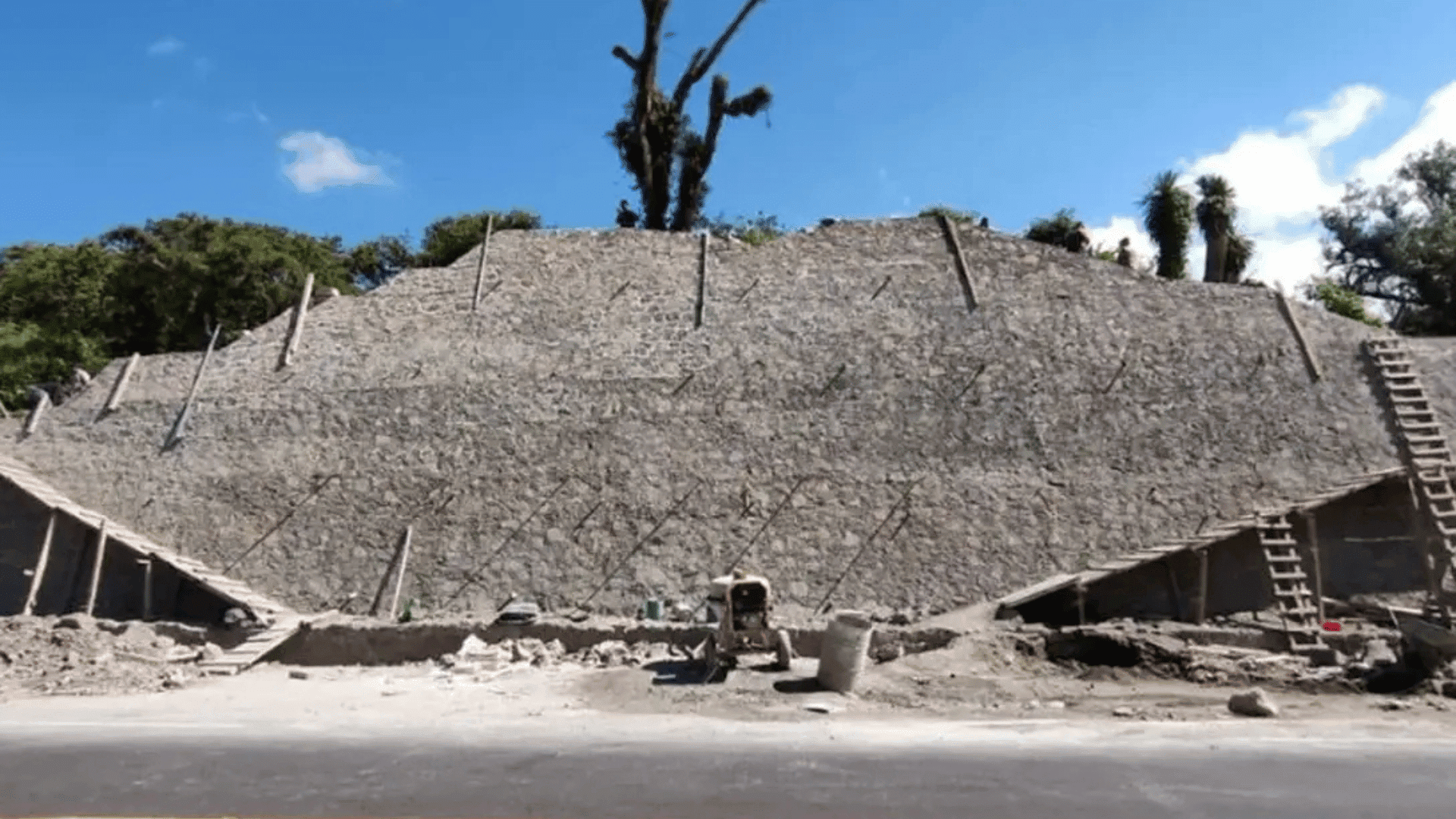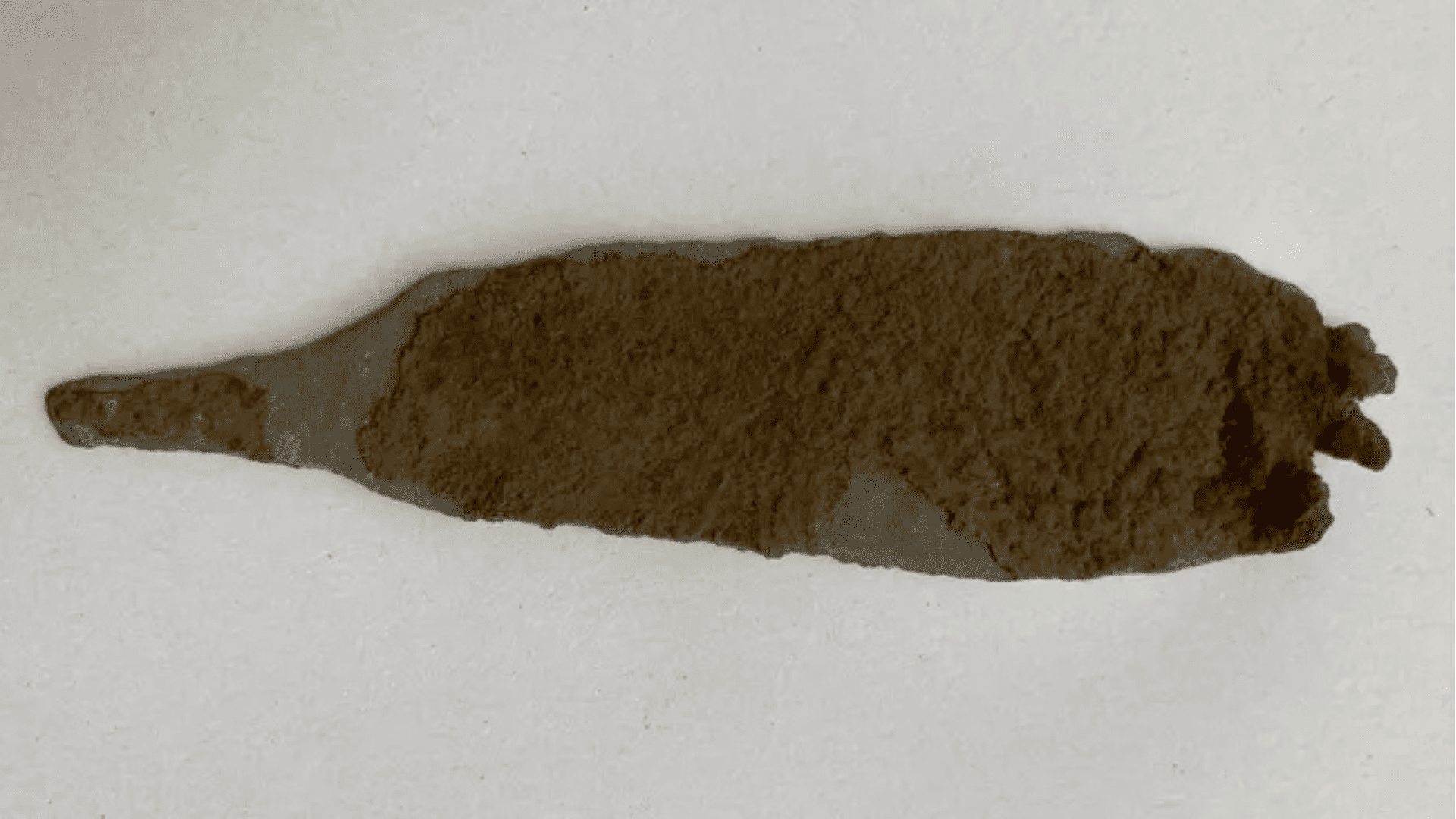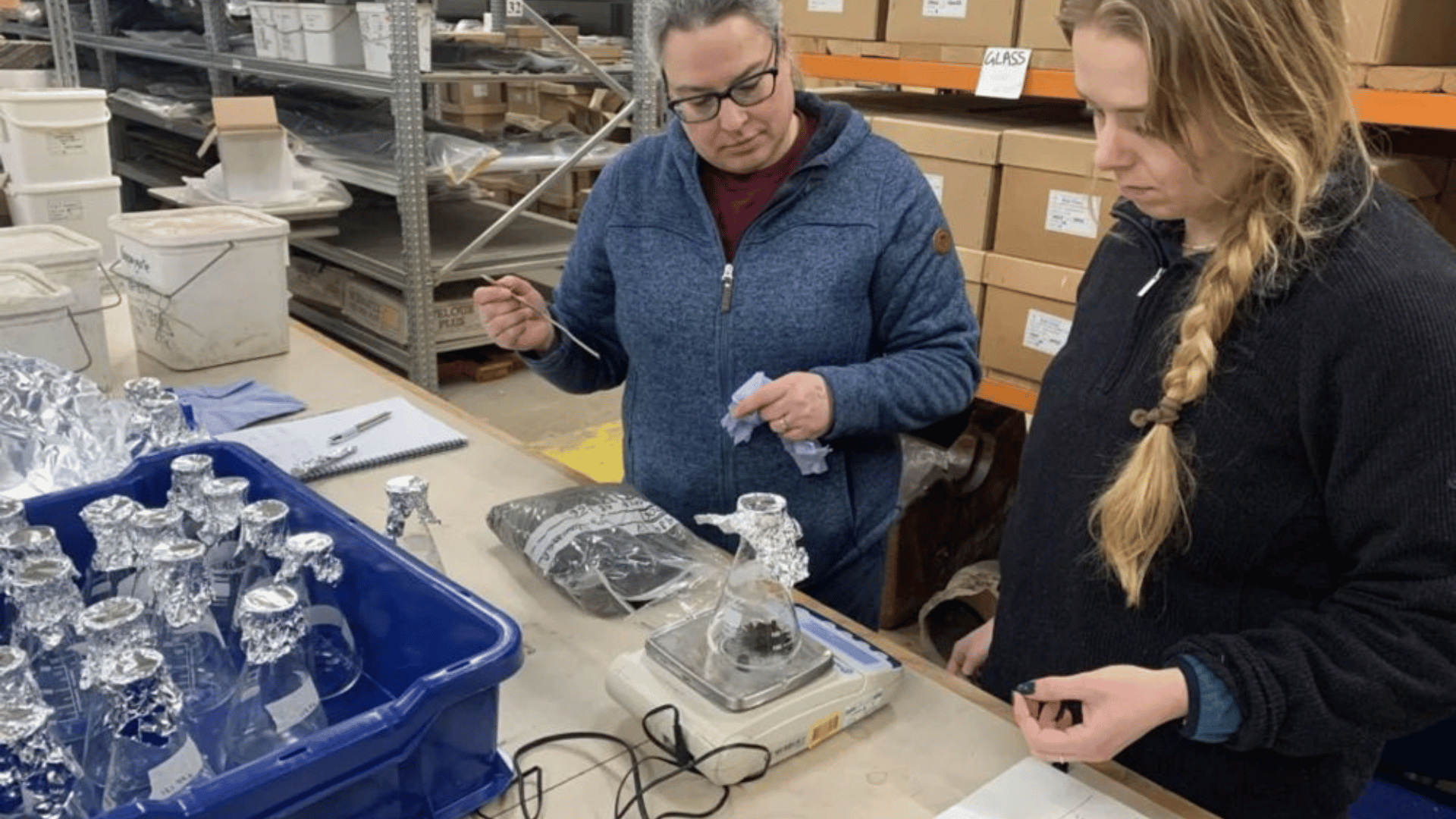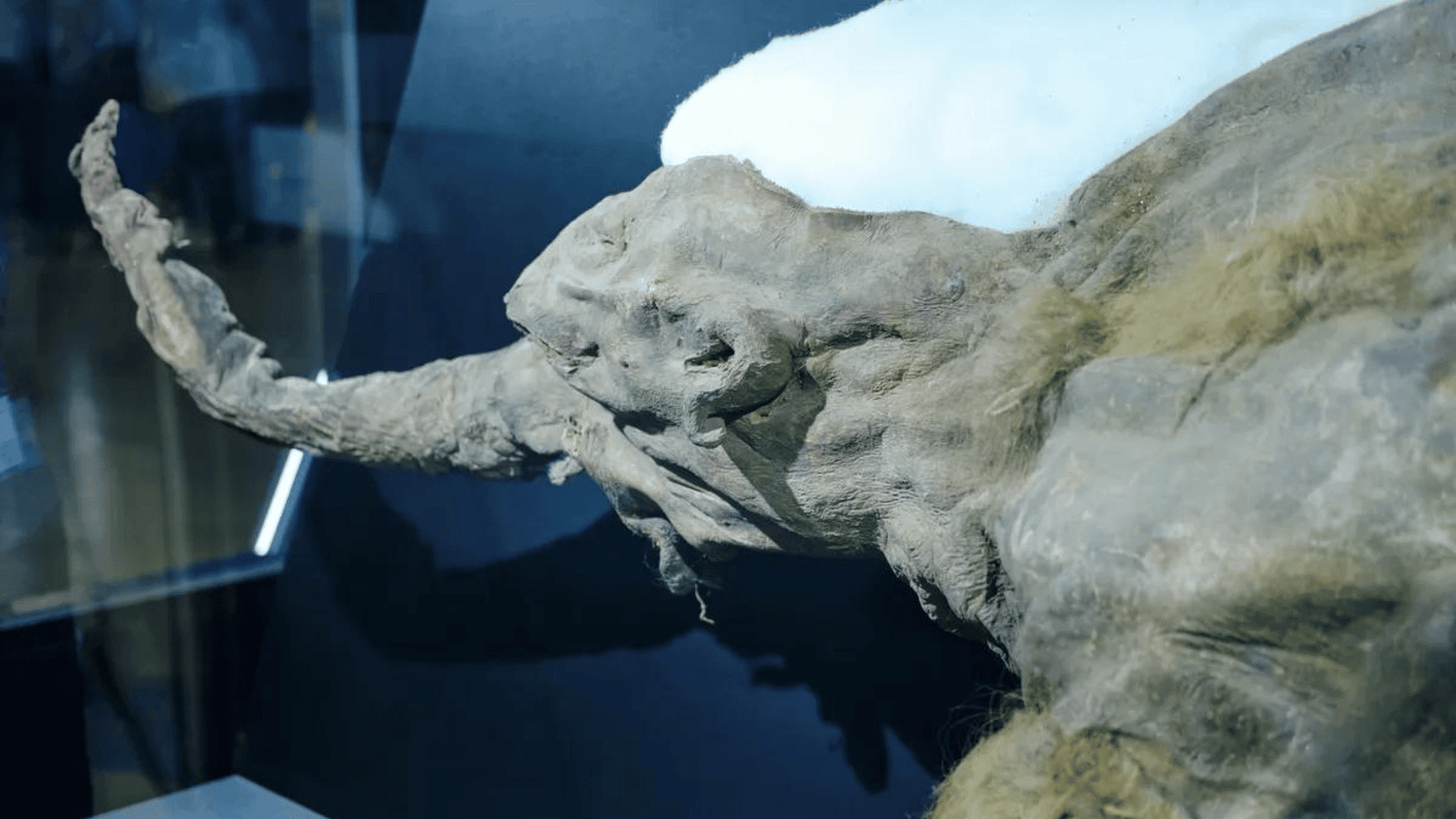A construction project in central-eastern Mexico that was originally meant to add a third lane to the Pachuca-Huejutla highway turned into an excavation mission when crews discovered an ancient pyramid hidden below the existing roadway.

Now known as Structure 1 of what is being called the San Miguel settlement, which is speculated to be a larger settlement that existed in the area, the pyramid features 10 mounds in five different sections. Excavation crews have already uncovered over 150 artifacts ranging from shells to ceramics to lime floors and lithic materials.
Experts from Mexico’s National Institute of Anthropology and History (INAH) have determined that the pyramid is pre-Hispanic and may date to somewhere between the Epiclassic period and the Late Postclassic period (between 650 and 1519 A.D.). It is also theorized that the structure could be connected to Metzca lordship—a society that lived in the Sierra Alta region.
“The data generated by this archaeological record will contribute to the understanding of human occupation in the Sierra Alta region of Hidalgo, specifically in the Barranca de Metztitlán area,” said the INAH report on the find, according to Heritage Daily, “where, according to historiography, the first settlements date back at least 14,000 years.”
After the construction project unearthed the pyramid, the team used drones to take photos to create a 3D site model. They then stabilized the pyramid with a 140-foot stone wall before reburying it for conservation purposes until further studies can occur.
“There are no known remnants of pre-Hispanic civilizations in this immediate area,” Héctor Labra Chávez, director of tourism for San Agustin Metzquititlán, said according to Archaeology Magazine. “Deeper studies are essential to uncover the cultural context of this significant find.”







